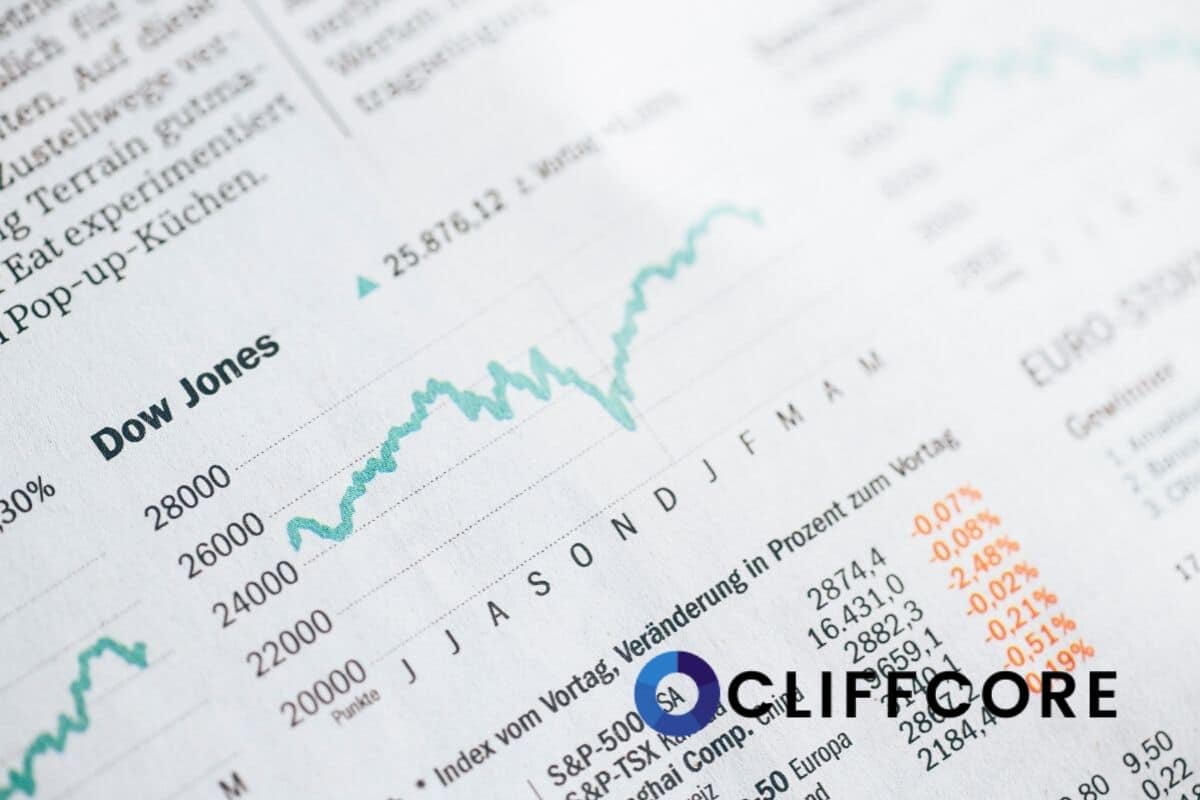There are generally two common ways to make money from the stock market as an investor. You could either buy a stock of a company for a low price and sell it as soon as its stock price rises, or by receiving direct cash payments through dividends, which is a part of the company’s earnings that is paid to its shareholders.
People consider many different types of investing. One of the more popular styles of investing is dividend investing, whereas you exclusively invest in stocks that pay the most dividend in relation to its price and risk. A portfolio that only consists of dividend stocks can be seen like a passive income stream, as the investor receives regular cash deposits from their invested companies. This is why dividend investing can be very compelling for most people.
However, there are also investors who prefer their companies to reinvest their earnings instead of just paying it out to their investors. They hope those reinvestments to yield a greater return in the future which would then be projected in the stock price. Dividends that are being paid out to the investor have to be taxed.
There are some good reasons why dividend stocks tend to generally perform better than non-dividend stocks. But the question if investors should either focus on dividend or non-dividend stocks is arguable. This article is going to help you evaluate for your own if the dividends of a stock should be important to you.
Dividend Stocks Look More Attractive

Source: multpl
The chart above shows the average S&P 500 12-month real dividend per share that is being paid to shareholders (inflation-adjusted). As you can see, the dividend has steadily increased over time. This only makes sense, as company’s profits are also steadily growing over the long term. But what’s really important to the investor is the relation between the dividend and the price that they have to pay for a share.
Every investor who is considering to specifically buy a dividend stock should be determined to find out the current dividend yield of that stock. The dividend yield is a percentage that essentially tells, how much return you would get from the current stock price as a dividend. The dividend yield is calculated by the annual dividend of a company divided by its current share price.
The following chart depicts the course of the dividend yield over the century. Historically, there have been time periods with much higher dividend yields than today.

Source: multpl
The higher the dividend yield, the more attractive it becomes for investors, as you would simply get paid out more cash in relation to the share price. However, does a higher dividend yield really mean that the company would be a better investment than a business that doesn’t pay any dividends? This question is hard to answer but there may be a lack of growth with a high dividend stock because every single dollar that is being paid out as a dividend, also becomes a dollar that is not being reinvested into the company.
The truth is that investors tend to be more encouraged to rather buy stocks that have dividends than non-dividend stocks. Some could even argue with the fact that dividend stocks might be even safer during stock market crashes, as the dividend yield rises as soon as prices fall and therefore, becomes more attractive for investors in bad times.
What Speaks for Dividends?
Dividends can be a signal of good financial health and stability for a business. A consistent track record of out paid dividends can lead to many benefits both for the business and the investor.
The S&P 500 consists of 500 big companies operating within the U.S. Many of them payout dividends and many of them don’t. If we compare dividend stocks as a whole with average stocks, we would see that dividend stocks as a class tend to perform better than normal stocks in the long run.
Dividends act like a cushion for stocks during market crashes. This is due to what is called ‘yield support’. As already mentioned above, the dividend yield is a percentage that investors care about, as it tells how much of a return you would receive as a dividend. The yield is partly determined by the share price of the stock. The lower the stock price, the higher the dividend yield.
Therefore, as soon as a market crash occurs and a strong dividend stock falls in price, it may become more attractive to investors because its dividend yield increases with the requirement that the dividend stays the same. As a result, investors become more encouraged to buy the stock and its price is more likely to recover from a downturn than a company, which is not paying any dividends.
Why Do Some Stocks Not Pay any Dividends?
Dividends are a part of a company’s earnings and usually only get paid out to satisfy the shareholders, and to show a positive sign of the business’s financial health. A company has two choices with its earnings – either it reinvests everything back into the business for future projects and expansion, or they pay the earnings out as dividends for their shareholders. Most companies do a mixture of both and investors only receive a small proportion of business profits directly into their deposit or brokerage account.
However, if the management of a company is confident that they could need every dollar to reinvest and grow the business, there won’t be any dividend payouts. Of course, a dividend would be more appealing for most investors, however, if a business has the potential to grow more rapidly with more cash available to finance further projects, they would rather not pay dividends.
A good example would be Berkshire Hathaway. The company hasn’t paid out any dividends till today but instead reinvested all profits back to the business. This was probably the better choice, as the growth of its stock has greatly outperformed the market throughout the past 55 years. That being said, it would probably always be better to let the earnings of your company be managed by a competent leader such as Warren Buffett for maximum growth potential right?
Moreover, many established companies have never decided to issue dividends but are still well-known in the stock market and their industry. Those include Alphabet (GOOG), Facebook (FB) Netflix (NFLX) and many other multi-billion dollar companies.
What Do You Prefer More as an Investor?
In the end, it all comes down to what types of characteristics of stock you would rather have in your portfolio. Dividends do play a critical role for many investors and may provide intriguing benefits for you. That being said, it is hard to draw a definite line between dividend stocks and non-dividend stocks. There are companies that may perform much better when not paying out any dividends, but historically, dividend stocks in general, have proven to perform better non-dividend stocks in the long term.






